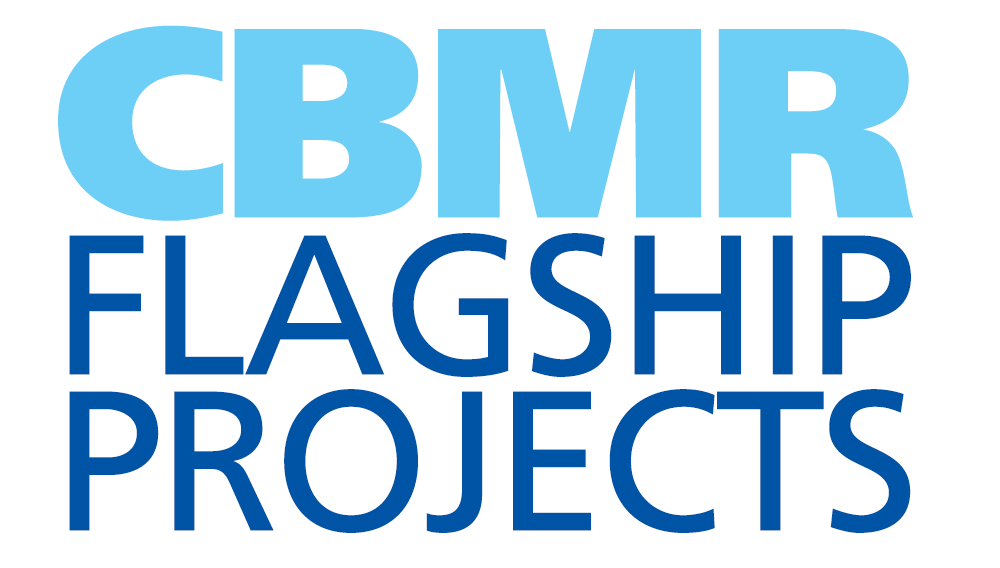A Gene Candidate Discovery Pipeline
A pipeline for propelling flagship investigations of organ cross-talk in metabolic research.
 In addition to being of broad interest for understanding the fundamental mechanisms by which organs coordinate and regulate whole-body metabolism, secreted factors are prime candidates for therapies and drug development.
In addition to being of broad interest for understanding the fundamental mechanisms by which organs coordinate and regulate whole-body metabolism, secreted factors are prime candidates for therapies and drug development.
The pipeline constitutes an internal collaboration between all CBMR Group Leaders who continuously identify secreted factors that may regulate whole-body metabolism, making use of the expertise of CBMR in the metabolic characterisation of hormones in vivo.
The pipeline is divided into 3 stages: (1) selection of proteins through inclusion and exclusion criteria, (2) investigation of the possible delivery method(s) and, (3) metabolic assays. Only then can potentially interesting candidates be investigated further for the possibility of drug development, patent applications and/or publication.
- Selection of molecules
In the first stage of the screening pipeline, Group Leaders select molecules with the highest potential. The inclusion criteria that would make a molecule a particularly good candidate include evidence of the molecule being a secreted factor with a known receptor, being highly expressed in one tissue, or being responsive to environmental influences. The suitability of the molecule for delivery is also considered.
- Delivery method
The second stage of the pipeline is an investigation into the best delivery method for the molecule of interest. For example, through injection/infusion of recombinant proteins, adeno-associated viral (AAV) infection for production of the candidate molecule, over-expression of endogenous genes using CRISPR-based technology, etc.
- Metabolic assays
Metabolic profiling at the cellular, organ and whole-body level will be performed using expertise across CBMR. Profiling could include characterisation of whole-body metabolism via indirect calorimetry, glucose clamping and perfusion assays. Primary cell/tissue in vitro assays in hepatocytes, pancreatic islets, adipocytes or myocytes could also be used. Assays for receptor expression will be used to identify target organs.

